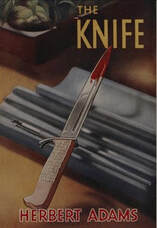
This is the third title by Adams that I have tried, and it seems to be a good representation of the writer’s style and sentiments. For as much action and mystery that The Knife’s plot offers the reader, at heart is a love story: Mark Braddon’s growing attraction to Ruth Hatton, despite the woman being courted by millionaire M.P. Roger Malden. The plotting and pacing are engaging, but there is something formulaic at play, even within the genre of mystery fiction with a purposeful infusion of young-lovers romance. Adams’s stories remind me of the enjoyable but forgettable B-movies from Hollywood’s silver screen heyday: a perfectly pleasant way to spend some time, but a couple of clicks removed from better quality, more ambitious fare.
There’s also an aspect of The Knife that is simultaneously admirable and unfortunate. Adams provides a clue to the K.C.’s killer shortly after the body is discovered, one that is seeded with fair-play noblesse. The problem is that it’s one of those clues delivered in a way to make any reader of mystery puzzles pay immediate attention… and then the item is never mentioned again until Braddon realizes its significance at the story’s climax, which is several chapters after the penny drops for the reader. A true mystery fiction literary magician like Agatha Christie or Nicholas Blake would surely have performed a more successful legerdemain, such as first offering a convincing but false explanation of the clue or burying it among other details to disguise its damning relevance. In their encyclopedic Catalogue of Crime, Jacques Barzun and Wendell Hertig Taylor also mention the book’s clueing that allows the reader to “guess the concealed culprit around page 100”.
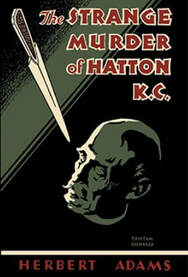
The U.S. edition by J.B. Lippincott Company (also 1933) was retitled The Strange Murder of Hatton, K.C. A strange rebranding indeed, since the new moniker lacks the elegant brevity (with its enticing promise of malice) of The Knife and supposes that American readers will recognize the British barrister’s significance of K.C. after the name.
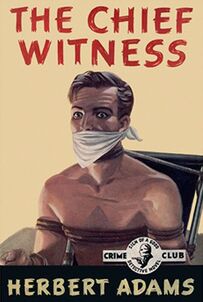
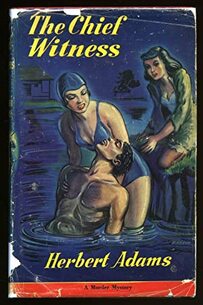
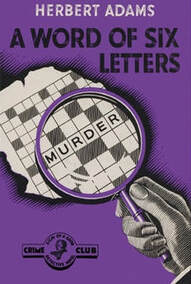
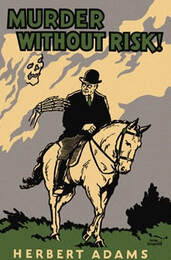
 RSS Feed
RSS Feed